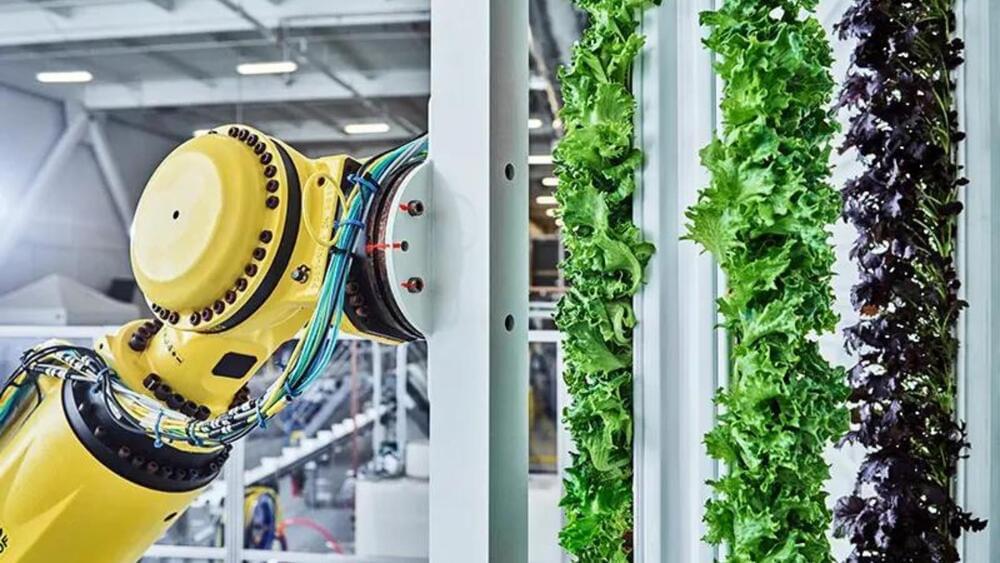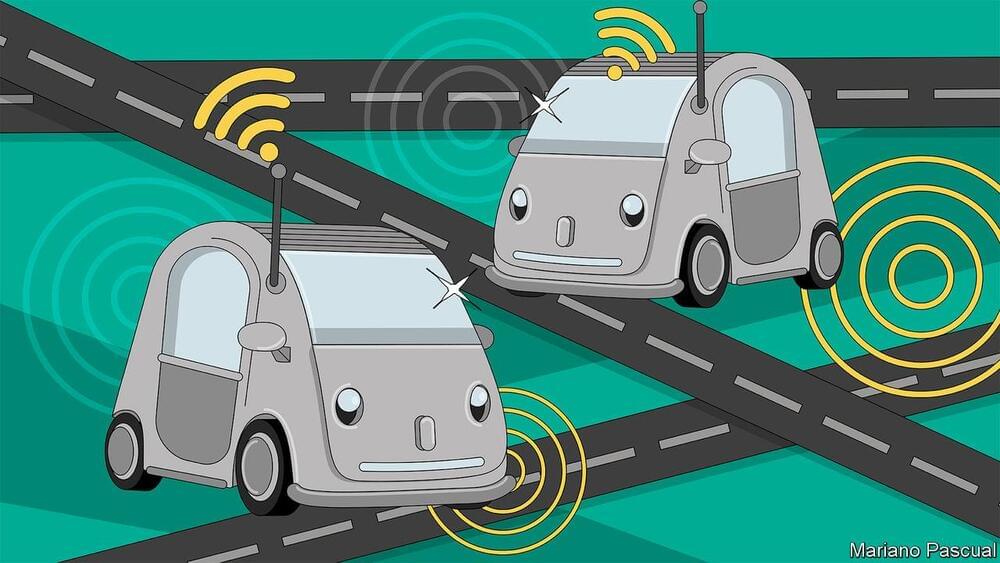New AI-generated digital replicas of real experts expose an unnerving policy gray zone. Washington wants to fix it, but it’s not clear how.
Category: robotics/AI – Page 838


The ‘Effective Accelerationism’ movement doesn’t care if humans are replaced by AI as long as they’re there to make money from it
The Effective Accelerationism movement — a staunchly pro-AI ideology that has Silicon Valley split over how artificial intelligence should be regulated — appears to be walking a razor’s edge between being a techno-libertarian philosophy and a nihilistic, even reckless, approach to advancing one of…
Silicon Valley’s new ideological faction, called Effective Accelerationism or e/acc, is focused on the pursuit of AI development with no guardrails to slow its growth.


China Baidu ERNIE Bot Now Ranking As The #1 Chinese AI Chatbot
There has been a lot of publicity on generative AI “chat bot” innovations across North America; OpenAI’s ChatGPT4, Google’s Bard, and most recently AmazonQ are all at the competitive generative AI trough.
This blog highlights China’s ERNIE Bot, and other leading chat bots and provides insights on the generative AI chat bot market.

Plenty’s high-tech robot farm is transforming traditional agriculture
The firm developed vertical farming and integrated advanced robotics to handle tasks such as planting, harvesting, and ensuring efficient, automated processes.
A cutting-edge technology indoor vertical farm could transform food production. Plenty, a San Francisco-based company, curated a high-tech robot farm.
Vertical farming involves growing crops in stacked towers indoors while advanced robotics handle tasks from seed planting to harvesting, ensuring efficient, automated processes.
What’s so ‘high-tech’ about Plenty’s farm?
This indoor farm employs a precisely controlled environment, including custom LED lighting systems that mimic sunlight to optimize plant growth, flavor, and texture while minimizing energy consumption.


AMD vice president says AI-powered computers will soon understand what users want
Jason Banta, vice president of AMD, believes that integrating AI into computers will make them more personal, more secure, and better able to understand what users want.
Banta predicts wider adoption of AI-enabled laptops by 2024, with a “major inflection point” starting in 2025. The biggest challenge will be scaling down models to run efficiently on laptops.
In general, Banta expects to see a shift from cloud AI applications to smaller models that run directly on computers in real-time and can be trained locally.
